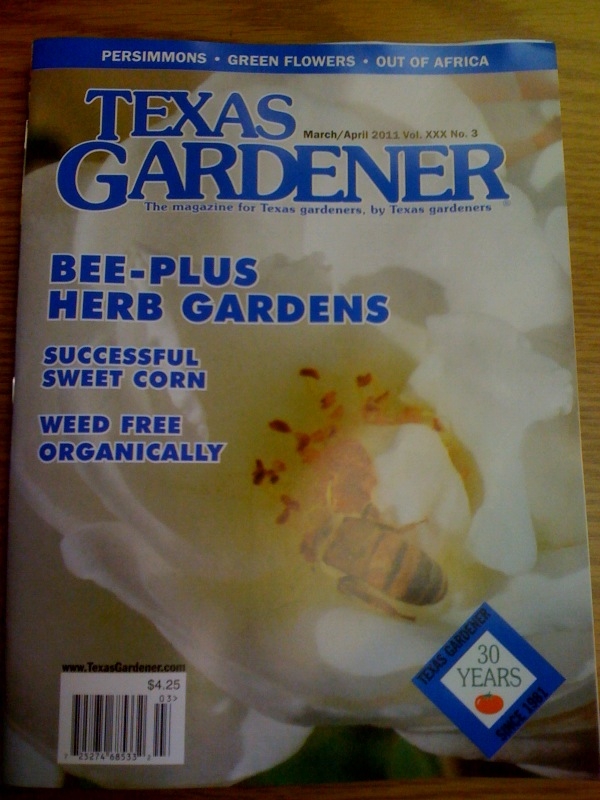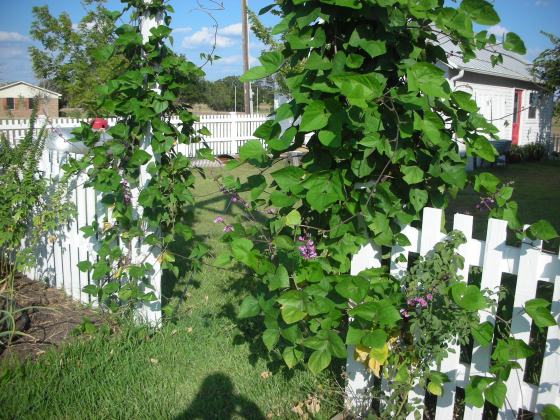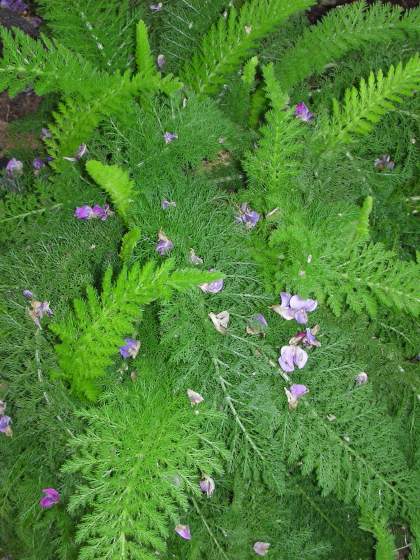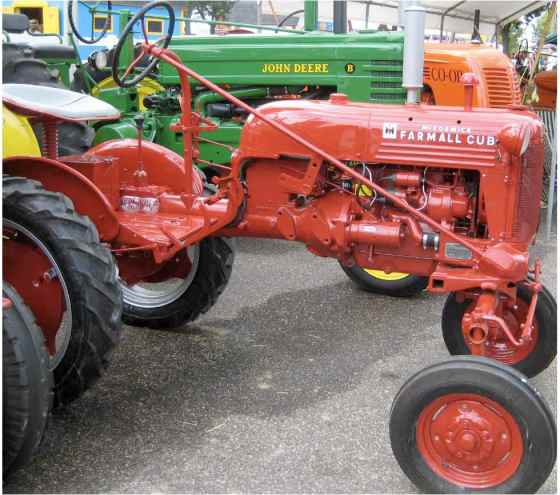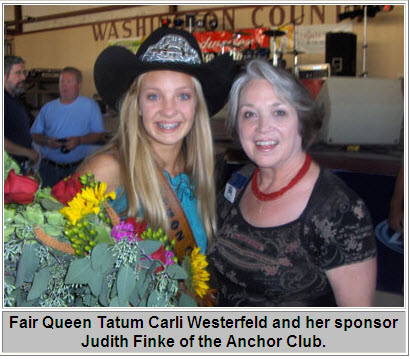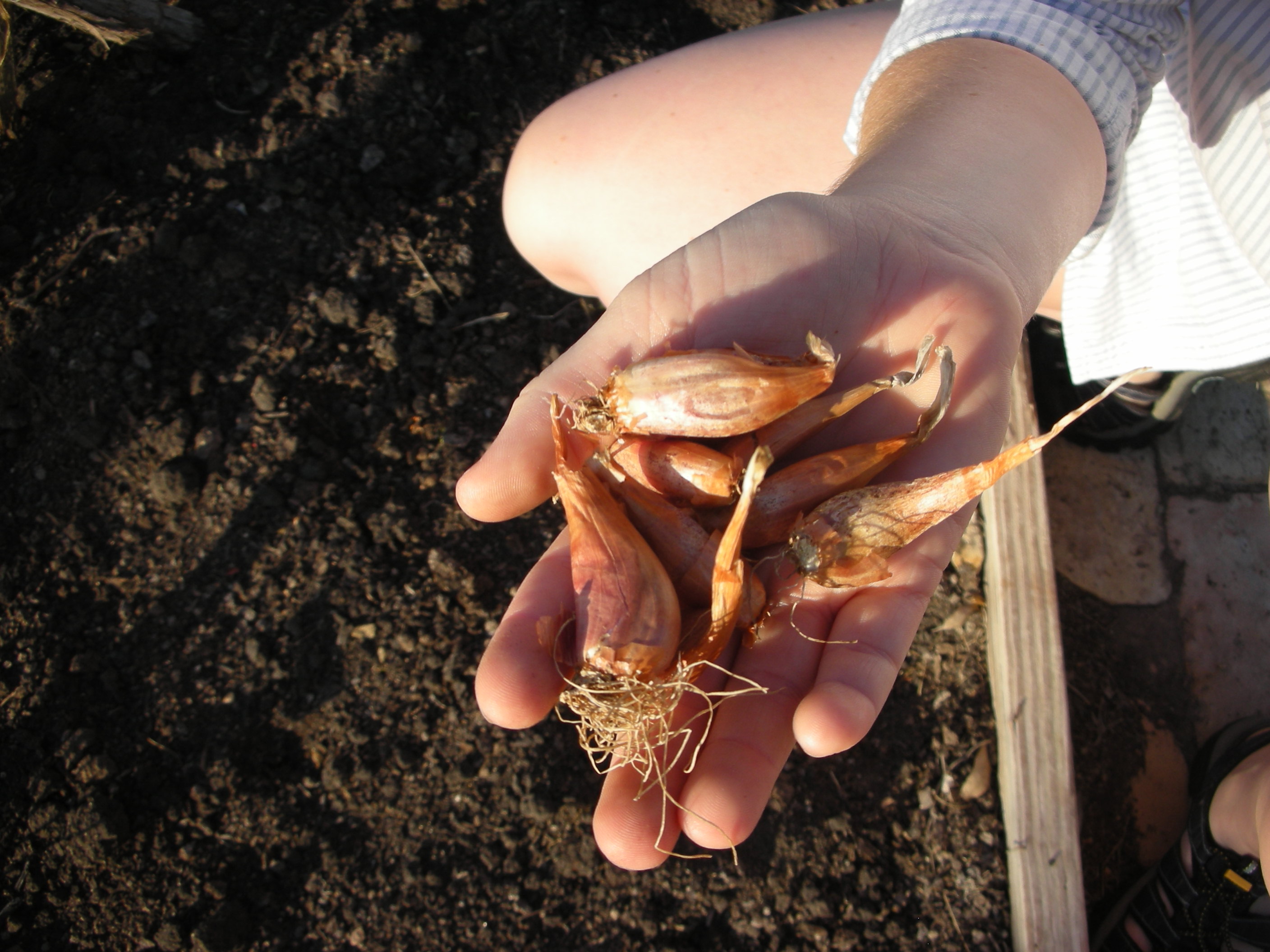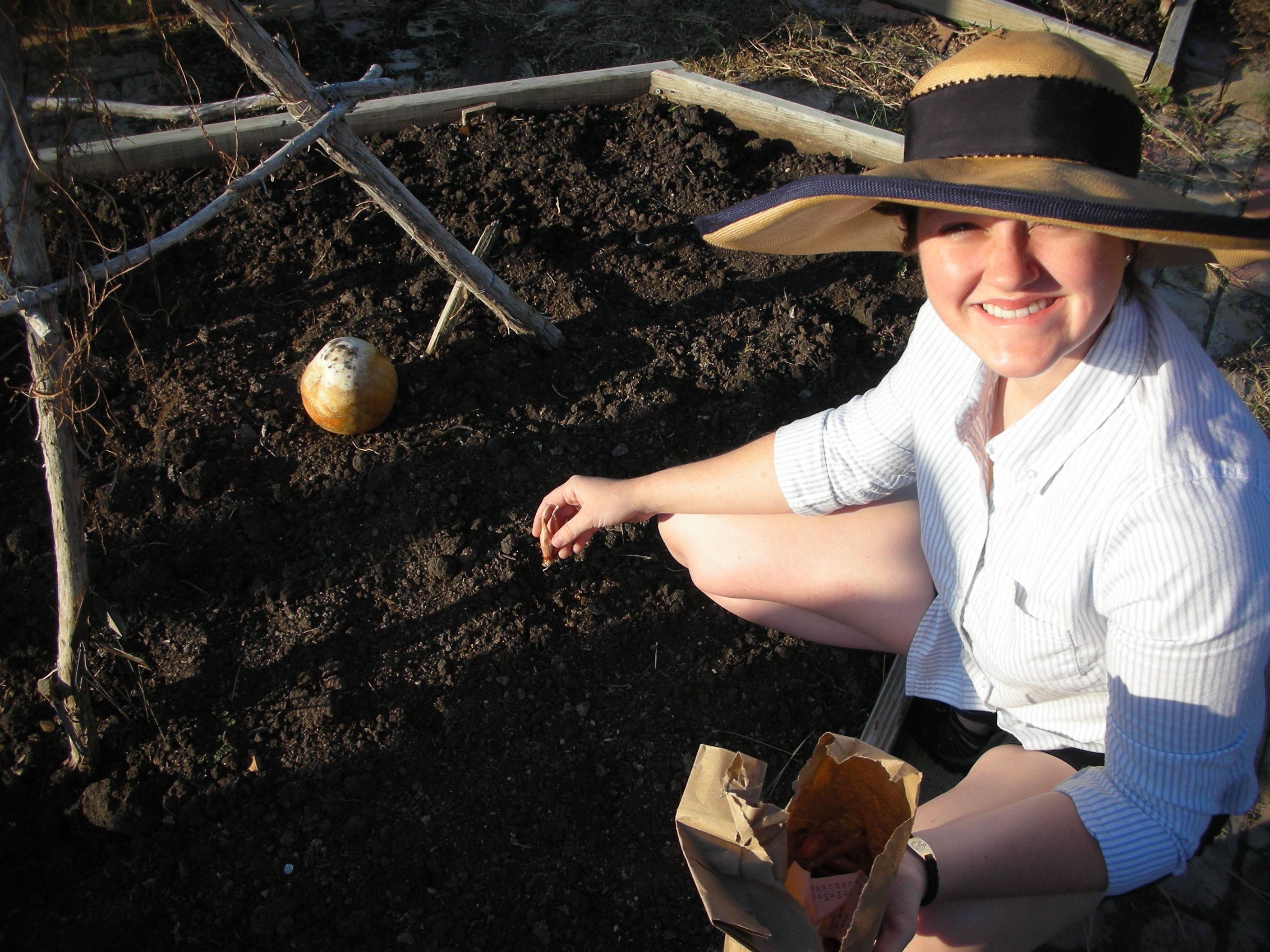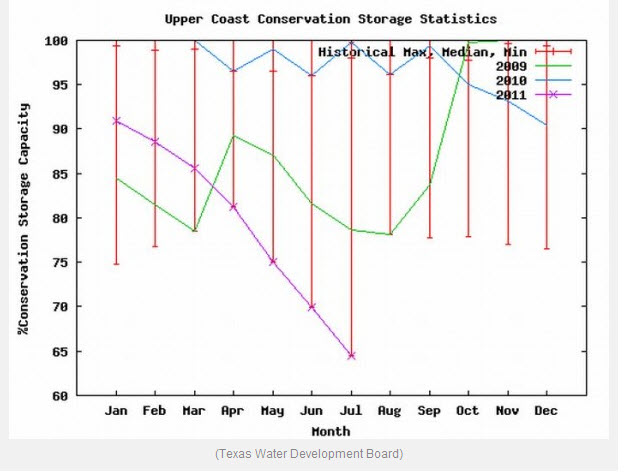As you drive along the high ways and by ways of our great state this fall, notice all of the native plants that are in full bloom. Fall is a great time for many native flowers and perennials. One of the most stunning and prolific of the fall blooming Texas natives is the Maximilian Sunflower. It is hard to drive anywhere in Texas right now and not see this stately and beautiful plant. Maximilian Sunflowers produce stalks that can reach 8’ to 10’ in height. The tall stalks can be completely covered with bright yellow flowers from their base to their tip. These flowers produce tons of little seeds that ensure that they, and many species of wildlife, will survive until next year.
Maximilian sunflowers are actually a perennial plant. Even though they flower and disperse their seeds like an annual, their roots will survive even the harshest of Texas winters. Due to this combination of perennial roots and very productive seed heads, Maximilian Sunflowers often develop into very large and thick colonies of plants. The yellow flowers of these colonies result in fabulous drifts of yellow that paint the fence rows and ditches of fall rural Texas.
Even though Maximilian’s are native, they do very well in cultivation. I have this plant in my beds and so do many of my friends. It is a great pass along plant. In fact, that is how I got mine. My friend Cynthia Mueller brought me some shoots from her established colony this previous spring. Cynthia has a very beautiful stand that she divides every year and shares with all that want them.
Since Maximilian Sunflowers are a native plant, they will do well in low water situations. However, if you want them to be truly spectacular, water them just like any other bedding plant (about 1” of water per week). They love full sun and will grow in just about any soil type. Because of their tall foliage, you may be required to stake or prune them. If pruning, trim them down to about 2’ or 3’ in late June or early July. This will keep the plant from growing much over four feet. When pruned in this manner they can make a very attractive hedge or border. Also, since Maximilians are sunflowers, they last forever as a cut flower in your fall bouquets.
My wife and I recently visited Wildseed Farms in Fredericksberg. They use Maximilian Sunflowers extensively throughout their property and the results are beautiful. While on their property, I noticed Maximilian used as a stand-alone specimen, in stunning combinations and in mass plantings. Each use of the plant was very appealing to the eye. This large scale, fall blooming plant will reward you with beautiful flowers for years to come and, as an added bonus, this tough and reliable fall perennial will draw in several species of birds, moths and butterflies to your garden. If you would like some for yourself you can order on-line (or visit) Wildseed Farms or get a start from a friends garden. This lovely perennial will reward with years and years of reliable blooms.










